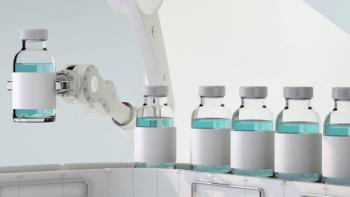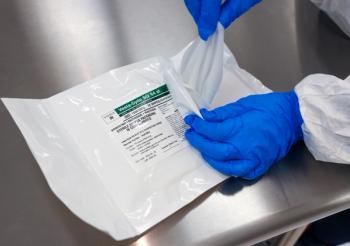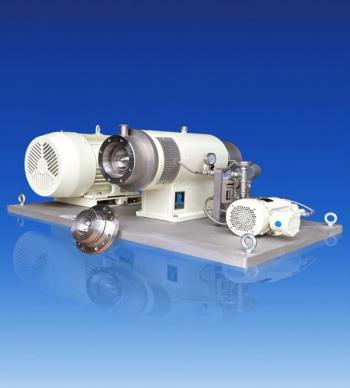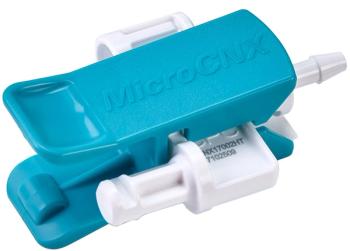
Conventional and robotic automation inside closed systems reduces risk.

Conventional and robotic automation inside closed systems reduces risk.

Reformulation strategies are useful tools for more than just stretching out the potential return on investment for a product.

Drug makers are going beyond continuous improvement and green chemistry to increase the sustainability of small-molecule manufacturing.

Evolving equipment designs meet the unique needs of continuous processing techniques.

Part 1 of this article series demonstrates, using real-world process data, that the four fundamental assumptions underlying the classical Shewhart control charts—randomness, independence, constant average, and constant variation—are often not met.

Although stability testing programs for small-molecule drugs and biologics are often perceived as similar, stability programs for biologics are far more complex.

Almost half of pharmaceutical industry profits continue to come from biopharmaceuticals.

Updates to Ph. Eur. include validated tests for N-nitrosamine impurities in sartan APIs.

Public health challenges have highlighted the need for agility in maintaining the quality of medicines.

A new program will test the safety and suitability of new inactive ingredients to encourage the accelerated adoption of FDA-accepted excipients in drug development.

Change of roster does not change the goal line. We are all patients first.

Susan J. Schniepp, distinguished fellow at Regulatory Compliance Associates, answers some commonly asked questions about aseptic processing.



